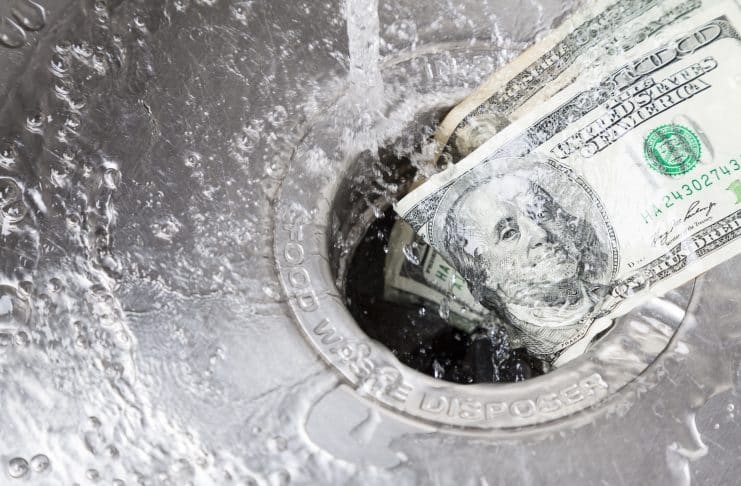We've come some distance from the days when the cutting-edge thinking among some economists on the left was that deficits didn't matter and that countries like the United States could print as much money as they wished. The aim of running the presses all day, every day, to fund a “Green New Deal” and whatever jobs and other programs the party in power believed were necessary.
The federal government did some of this when both the Trump and Biden administrations poured trillions of dollars into the economy to stave off a COVID-induced collapse. The results since have been inflation, rising interest rates and ballooning federal debt.
But when does this debt become too big for any nation to sustain? Those who still believe debt doesn't matter would say “never.” But for the rest of us who live in the world where bills have to be paid should wonder when the federal government's pile of IOUs gets so big it brings about a genuine calamity.
A new paper from the Penn Wharton Budget Model project runs the numbers in an effort to figure out how much debt might be too much. Their answer: “…U.S. debt held by the public cannot exceed about 200 percent of GDP even under today's generally favorable market conditions.”
Penn Wharton notes that the current amount of debt in public hands (which doesn't count the amount of debt held in so-called trust funds like Social Security) stands at 98 percent of GDP.
It would appear, then, we have breathing room to change our profligate ways, gradually implement reforms, and, more broadly, avoid the worst consequences of fiscal irresponsibility.
How much time?
Under current policy, the United States has about 20 years for corrective action, after which no amount of future tax increases or spending cuts could avoid the government defaulting on its debt, whether explicitly or implicitly (i.e., debt monetization producing significant inflation). Unlike technical defaults, where payments are merely delayed, this default would be much larger and would reverberate across the U.S. and world economies.
In politics, 20 years is an eternity. To be blunt, much of the current officeholding gerontocracy will have gone to its reward before then. They will avoid having to pay any price for inaction.
But for everyone else…the Penn Wharton study provides sobering reading about the current trajectory of government debt. Pushing decisions – never mind even modest discussions – of how to fix spending, rationalize taxation and curb debt to future generations isn't just wrong. It's a potentially dangerous denial of reality.
The opinions expressed in this article are those of the author and do not necessarily reflect the positions of American Liberty News.
READ NEXT: Drones Injure US Troops In Syria Attacks


